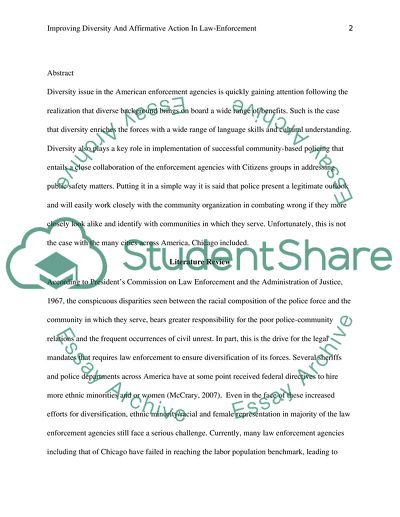Cite this document
(Improving Diversity and Affirmative Action in Law-Enforcement Research Paper, n.d.)
Improving Diversity and Affirmative Action in Law-Enforcement Research Paper. Retrieved from https://studentshare.org/law/1860248-improving-diversity-and-affirmative-action-in-law-enforcement
Improving Diversity and Affirmative Action in Law-Enforcement Research Paper. Retrieved from https://studentshare.org/law/1860248-improving-diversity-and-affirmative-action-in-law-enforcement
(Improving Diversity and Affirmative Action in Law-Enforcement Research Paper)
Improving Diversity and Affirmative Action in Law-Enforcement Research Paper. https://studentshare.org/law/1860248-improving-diversity-and-affirmative-action-in-law-enforcement.
Improving Diversity and Affirmative Action in Law-Enforcement Research Paper. https://studentshare.org/law/1860248-improving-diversity-and-affirmative-action-in-law-enforcement.
“Improving Diversity and Affirmative Action in Law-Enforcement Research Paper”, n.d. https://studentshare.org/law/1860248-improving-diversity-and-affirmative-action-in-law-enforcement.


